
I love a good shredding guitar solo!
You know… the kind that just makes you abruptly lean back into Eddie-like
air guitar?
The kind that gives you the open-mouthed “I’m a Guitar God!!” squinty face?!!
The kind that gets your adrenaline pumpin’, your rock hair bouncin’ and makes you grab YOUR guitar and turn that amp to ELEVEN??!!
Keep it playin’ and count me in!!!!
But sometimes, the standard “shred solo” is not what I want. Sometimes… I want something…
… different.
Enter the Electro-Harmonix Synth 9 guitar pedal.
Prepare to be sonically deviant!!
Vid’ That Synth!
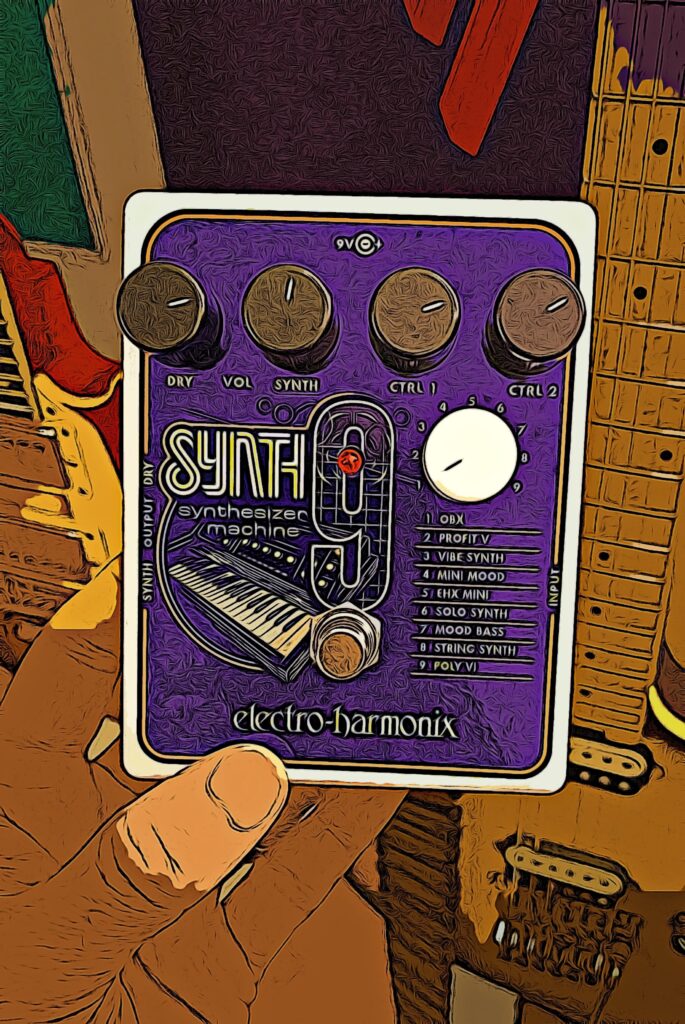
Remember when you first heard Jack White’s solo on “Seven Nation Army”??
Did it impress you like it did me?! The effect, and playing, on that solo is so WHACKED, man – you just have to stop and listen! It was just so out-of-left-field that you can’t possibly ignore it.
(Btw… kudos to Electro-Harmonix for making that solo tone possible with yet another awesome foot pedal – the “Big Muff!)
That kind of “not-what-you-expect” sound is what initially drew me to buy and try the Synth 9. The thought of having my guitar notes come out sounding like… like I’m playing a SYNTH?? I’d never heard that done on a radio tune.
My reaction was immediate: “I gotta have that!!”
If you haven’t heard this wonder of the pedal world, give an enlightening listen to this excellent walk-through by Electo-Harmonix itself:
The Synth, the Whole Synth, & Nothing but…
In case you haven’t heard the buzz on this beauty, the Synth 9 is basically a pedal that emulates (very well) NINE (and thus the name) of the classic Moog, Oberheim and ARP analog synth sounds that helped give us the finest Prog Rock albums ever made.
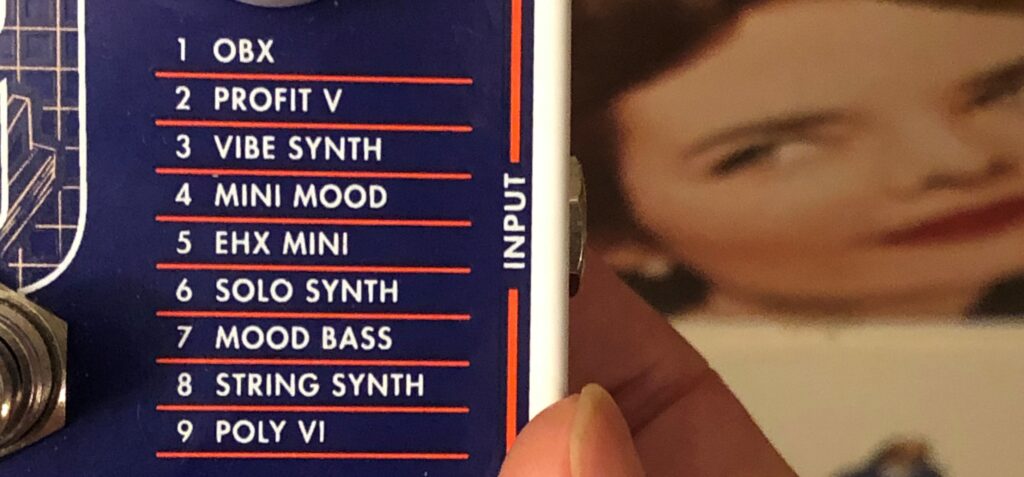
Want sweet, thick lead lines?
Lush chord pads??
Deep bass you can feel crashing right through your innards??!
You’ve got ‘em!!
This product is the latest in a string of “keyboards in a box” that ElectroHarmonix (or EHX as they’re now called) has created.
Also available are their previously released pedals:
- The B9 pedal for classic ORGAN sounds
- The C9 pedal for even more ORGAN sounds!
- The KEY9 pedal for electric pianos
- The MEL9 for vintage Mellotron sounds
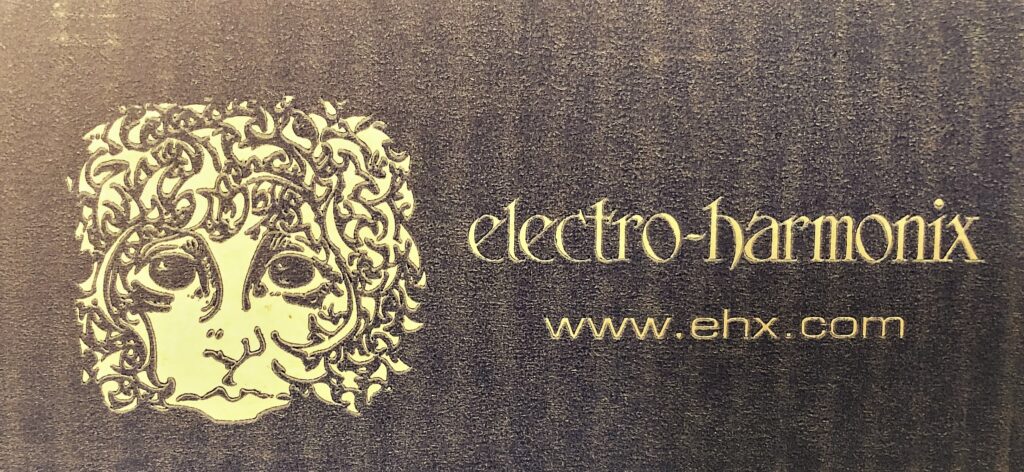
Many online who bought these other pedals have written in their reviews that the Synth9 is their favorite of the bunch. I’m not surprised, since these sounds are, in a word, FUN.
The polyphonic triggering algorithm that this pedal uses does a really good job, so both chords and melodic lines come out very impressive, with rare lapses.
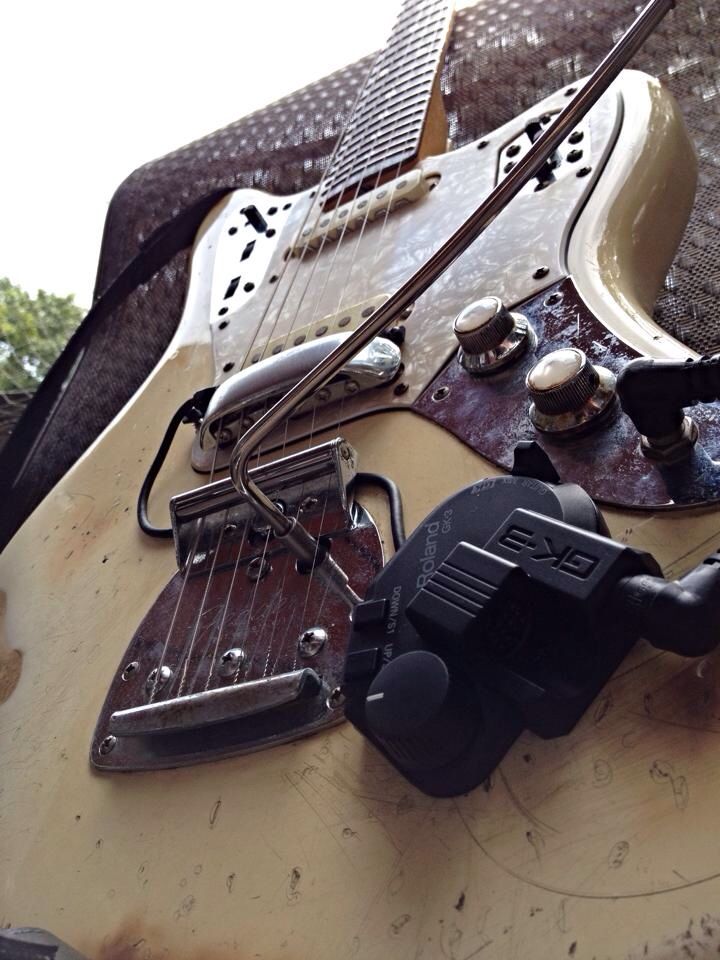
It used to be that, if you as a guitarist wanted to have access to these kinds of keyboard sounds, you had to spend quite a few hundreds of dollars to outfit your axe with a “MIDI pickup”.
The Roland GK-3, for example, that I sold a lot of back in the 90s. For over $300 you could drill some holes in the body of your guitar and attach a large black plastic box that would connect you to synth worlds galore.
That MIDI pickup would then be linked to either a synth, or a synth module that was rack-mounted (the more common method).
You then had that entire roster of patches available to you sonically, with most sounding very UN-like a guitar.
Kind of a clunky method tho’. It never made me want to do it.
This pedal doesn’t give you hundreds of sounds like those old synth modules, but what it does, it does well – the top classic synth sounds everybody recognizes!
It also has a built-in Compressor/Limiter so all the squishy, morphing or phat patches will stay in your face… which is just how they should be!!
And just one caveat, you fretboard masters – the Synth 9 only tracks notes from open “A” string and higher. So if you get all freaky on the reeeeeal down-low… don’t be surprised if it hiccups. You’re pushing it out of its comfort zone!!
If you find that the unit is playing notes when you only TOUCH the guitar, just bring your guitar volume down a tad. Then it won’t be so touchy! 😉
I find the best tracking happens when I’m in humbucker mode, but that pickup also makes the Synth9 the most sensitive, so choose your axe, pickup and tone setting for what works best for you.
Finally, make sure your guitar is IN TUNE before you link up to this pedal. If not, you WILL encounter some pulsing dissonance, because the tones in this box ARE in tune.
On the other hand, if you want some interesting ugliness… TRY IT!! lol
Port me!!
The Synth 9 comes equipped with one standard ¼” input, but has TWO outputs:
- A dry signal out, and
- A wet, or synth only, out
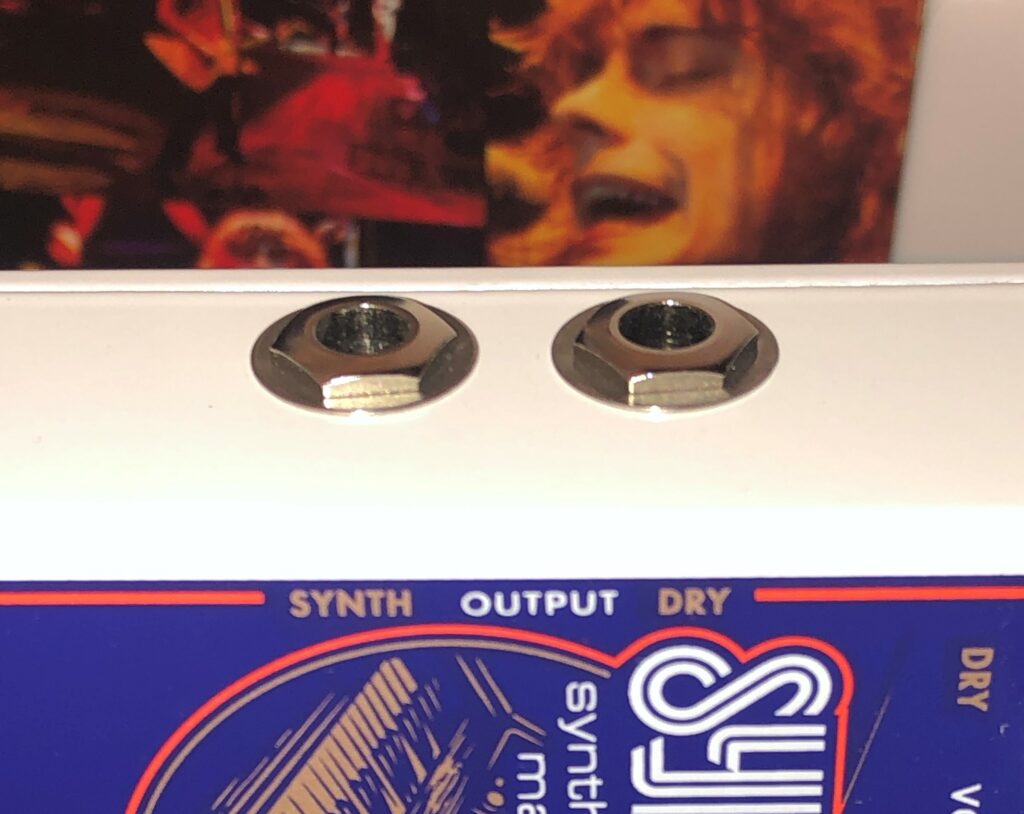
Sometimes you might want a different balance between these two signals, so two knobs up top are strategically placed to give you that flexibility and balance. They’re labeled “Dry” and “Synth”, respectively.
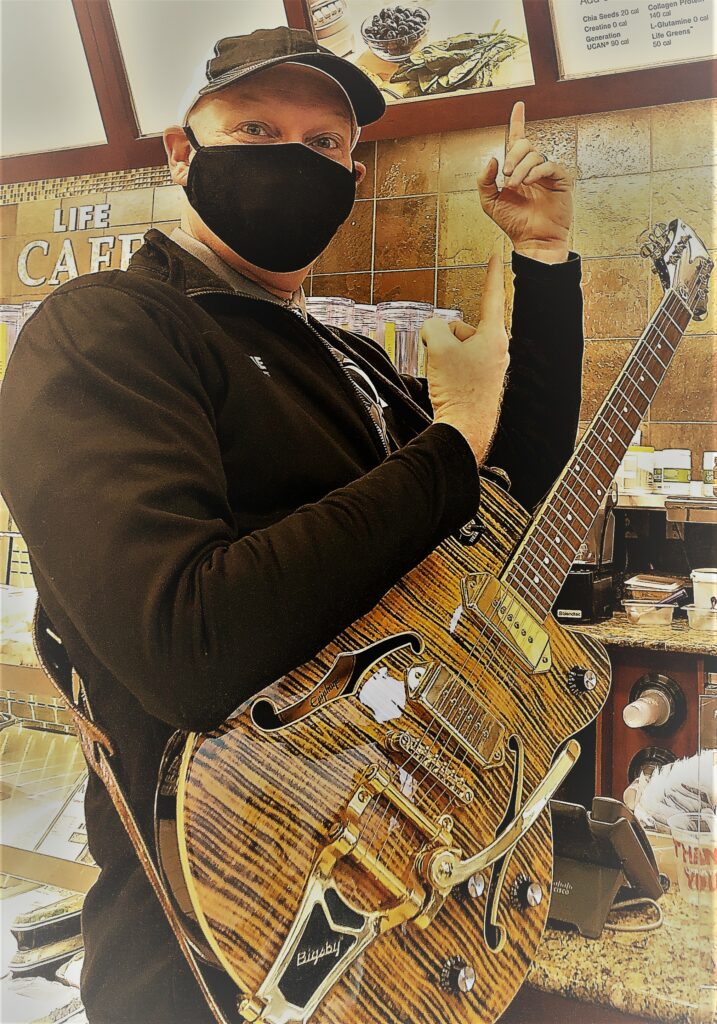
This past week I played a gig in a small café (my first live gig since quarantine shut down everything!) and I used this pedal, with both ports engaged.
(And, yes, it WAS bizarre and undesirable to have to wear a COVID MASK while giving a concert. Can’t WAIT ’til we’re back to some semblance of normal!)
I opted for my Epiphone tiger-stripe “WildKat” electric for the gig (full story of that beauty HERE), and it triggered the Synth9 pretty much flawlessly.
Sometimes I reached over and took some guitar out. Sometimes I brought more back in. It really depended on how much synth I felt the song appropriately deserved and could handle.
I probably with NOT dial the Mini Mood patch 100% on American Pie. But ya never know!!! LoL
There’s a 9-Volt power port in the back of this pedal. The power adapter comes with it, so no worries that you’re gonna have to go Google one before you can play at all.
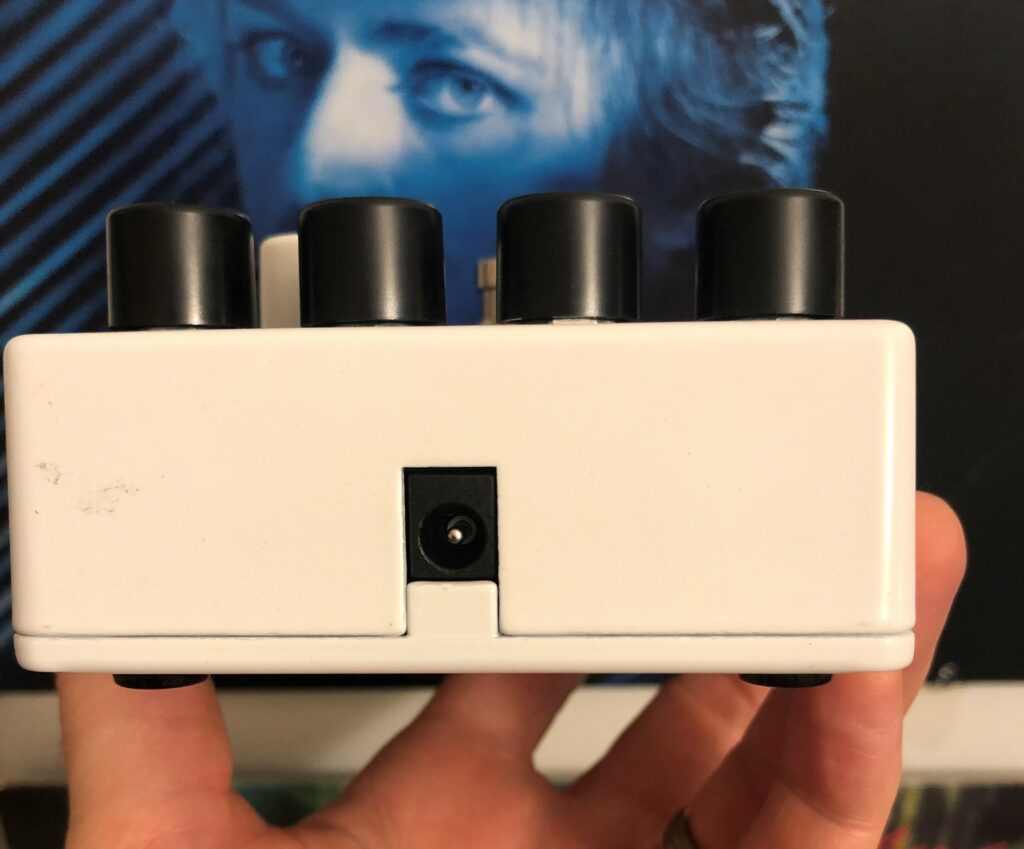
Now that you know the basics of this state-of-the-art pedal, let’s delve into the specifics.
We’ll take it patch by patch so you really know, not only the tone, but also the history of each selection.
Let’s examine the body of evidence for why this little box ROX!
Patch 1: OBX
Oberheim started making the OBXa synth in 1980. Soon after if became hugely famous and was pretty much in every keyboardist’s tonal arsenal for the rest of the 80s.
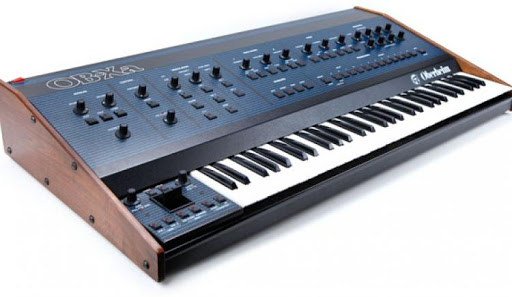
Always the fervent Van Halen fan, I thought their full-on embracing of the Oberheim OBXa for their hit “Jump” was groundbreaking, impressive and full of HUUUUUGE energy (cue the Donald Trump meme).
Oberheim sweeps on Rush’s famous tunes, “Tom Sawyer” and “Subdivisions” still sound so cool to this day. Imagine those songs without the synth tracks. Hard to do!
Sting put a ‘synth in the machine’ using Oberheim sounds with the Police in the 80s as well.
He was trying to get away from the classic Police sound they’d forged over the years. He wanted something different. A deliberate, divergent turn from their expected sound. The OBXa did that for him.
And now it can do that for you!!
When on patch 1, the Control knobs change:
Ctrl 1: Tone (filter brightness)
Ctrl 2: 4-Octave selector

Patch 2: Profit V
Sequential Circuits started making the ”Prophet-5” synth in 1978. It went through three revisions until 1984, when the Prophet-10 took its place.
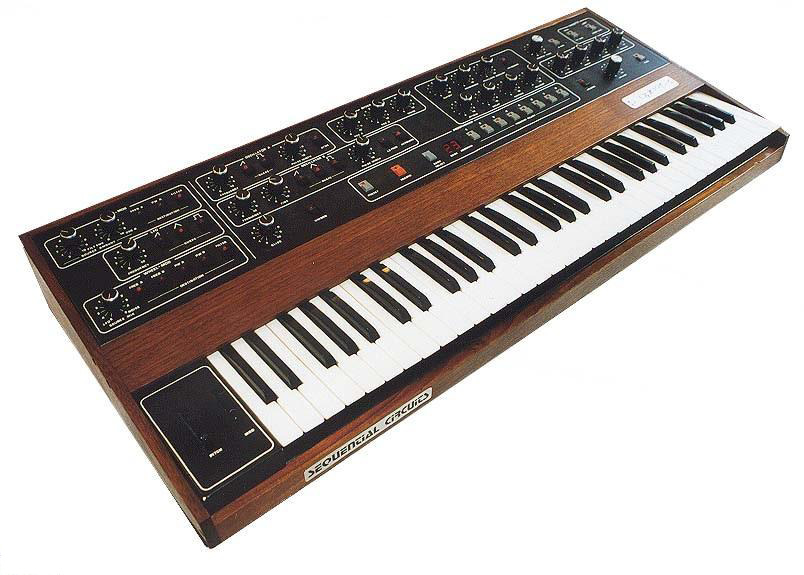
Many, many bands and artists use this classic keyboard, from Michael Jackson to Phil Collins to Madonna.
Want that intro pad tone of Peter Gabriel’s “In Your Eyes”? This’ll do that.
When on patch 2, the Control knobs change:
Ctrl 1: RATE of the downward-sweeping filter envelope
Ctrl 2: 8-interval selector (8 octaves or 5th intervals)
Patch 3: Vibe Synth
This patch doesn’t try to emulate a specific synth. Rather, it just wants to provide you with a great polyphonic patch that also has some interesting movement.
A delayed vibrato is added to the notes as you sustain, as well as decaying harmonic content as notes or chords are held out.
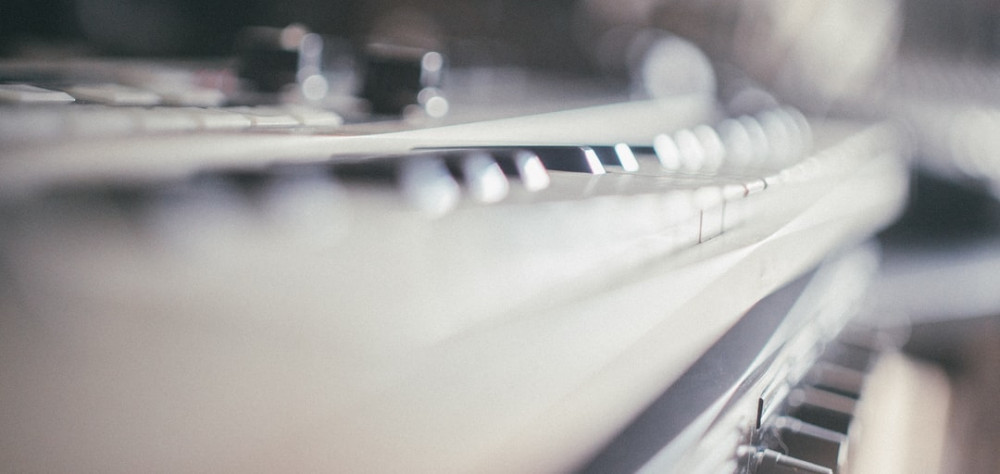
When on patch 3, the Control knobs change:
Ctrl 1: Power and Sweep range of the harmonics
Ctrl 2: Vibrato rate & depth simultaneously
Patch 4: Mini Mood
What a legendary name MOOG is in the music field. SO many wonderful keyboards that have shaped Pop/Rock, and beyond, for generations.
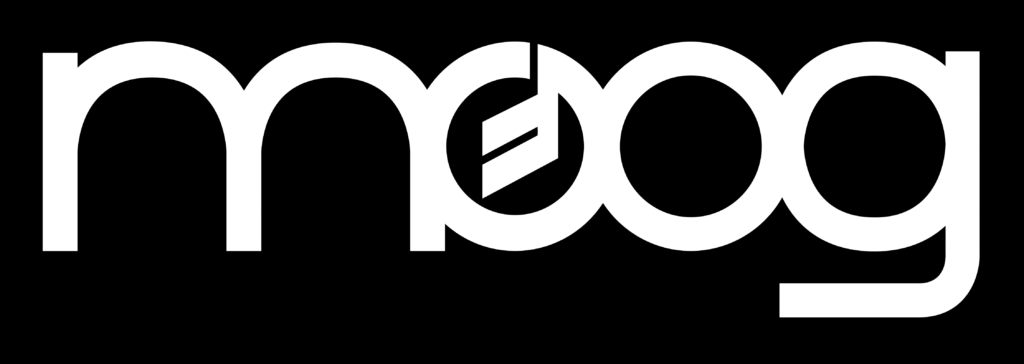
This patch helps take our audience into that thick, rich ocean of moving, morphing sounds that Moog NAILED back in the 70s.
The Minimoog was produced from 1970 to 1981. It was heralded as the first AFFORDABLE synth to come on the market, in a time when others were so cost-prohibitive that few could buy them.
Countless acts used the Minimoog to good effect, including Stevie Wonder, Rick Wakeman of Yes, Kraftwerk, and, of course, the inimitable Keith Emerson with E.L.P.
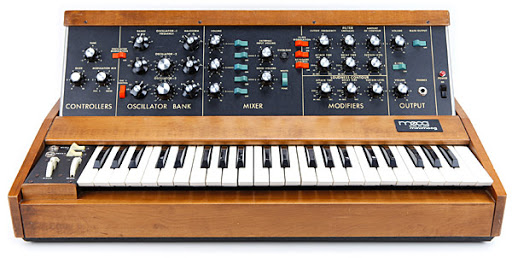
Moog followed the Mini up with other iterations, but they all had the “Glide” knob, which allowed you to connect the notes you played with a kind of sonic ramping-up or down, instead of there being spaces between notes.
In Classical music it’s called the “Portamento” effect, and though it admittedly sounds a bit dated, the way each note glides into the following ones is kind of intoxicating once you start using it.
When on patch 4, the Control knobs change:
Ctrl 1: the VOLUME for the Glide voice / Portamento notes
Ctrl 2: the SPEED, or timing, of the glide / Portamento
This patch is perfect for single-note melody crafting, or adding some HEFT and unexpected trickery underneath a standard guitar tone when soloing.
Oh, and if you’ve never heard Keith Emerson play the Minimoog… do yourself a favor – go stream “Lucky Man” and listen to a synth MASTER at play!! 😉
Patch 5: EHX Mini
Around 1980, ElectroHarmonix introduced their 25-note “Mini.Synthesizer”. It was unique in that it didn’t actually have KEYS to press down; instead, a black and white flat, plastic membrane was your interface. Kinda like the ribbon keyboard controller you can buy these days you roll out to play.
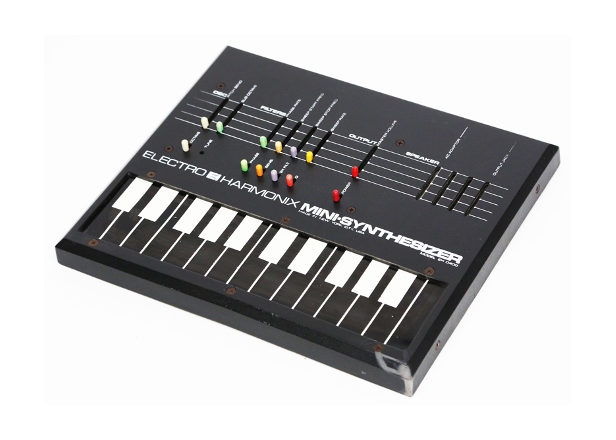
That made it a bit difficult to play, especially if you were used to a real piano! But the sounds and effects were so different and infectious… it made the airwaves anyway.
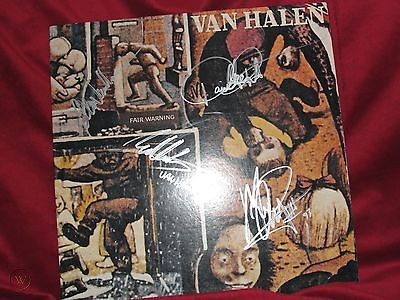
My favorite use of this unique synth was on Van Halen’s “Fair Warning” album, on the songs “Sunday Afternoon in the Park” and “One Foot Out the Door”.
Eddie obviously dug the sounds on this quirky portable board, ‘cuz he used it for no less than TWO separate songs on the SAME album!!
When on patch 5, the Control knobs change:
Ctrl 1: Filter envelope Sweep Attack time and direction (before noon) & decay time (after noon)
Ctrl 2: 4-Octave selector
If you play shorter notes, a fun sort of “bow-wow” sound is expressed.
Hold the notes or chords longer and harmonics start to swell and morph, while twin resonant filters creep in with deep, throaty GROWLS that are unforgettably all up in your stuff!
Great for Funk, Electronica or Pop, especially if something unexpected is desired.
Release the beast! Unleash your animal! Let the BEHEMOTH RISE!!!! 😉
Patch 6: Solo Synth

Fuzzy Wuzzy wuz a bear…
Fuzzy Wuzzy… LOVED THIS PATCH!!! LoL
The circuits firing on this one combine a synth oscillator and a FUZZ-y square wave. The end results is quite hairy – we’re talkin’ one single extreme synth tone!
When on patch 6, the Control knobs change:
Ctrl 1: Sets Tone parameters
Ctrl 2: 4-Octave selector
This patch I personally use a lot for a great doubling effect. Just set the Octave to Unison with your guitar and voila… double the fun!
Set Ctrl 2 all the way left, into the Low Octave range, and, oh man… low-end heaven. No one will be asking “Where’s the BEEF?!!”
When Ctrl 2 is set to the right extreme, into the high Octave range, it adds a kind of “squeal-y” note to whatever you play. I don’t use that approach much, since it kinda sounds a little too weird, but hey… to each their own. If you like it, go for it!
Patch 7: Mood Bass

If you’re a Funk or Prog Rock guitarist at all, you’re gonna love this patch!!
We all know, sometimes a regular bass is just not enough. Sometimes, the deep, fathoms-low rhythmic precision of a synth bass is just the ticket, and that’s what this patch emulates.
For fellow fans of Genesis, you’ll recognize these tones from the middle period, when Rutherford (after Howe left) triggered the Taurus pedals with his feet, all while he handled the guitar parts too!
What a musician!!
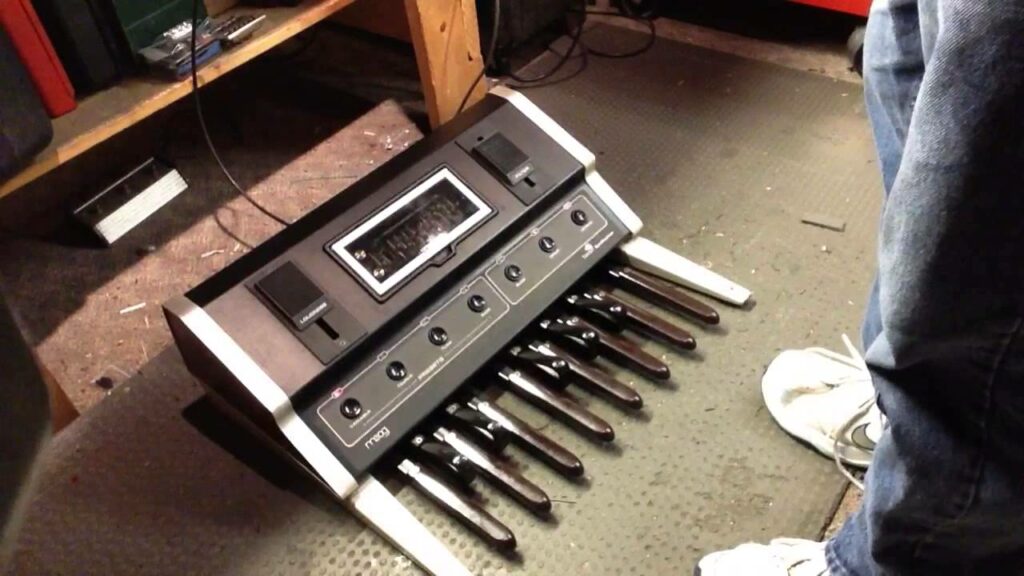
But wait! If you’re more the kind of guitarist who struts the stage with sequins and sci-fi accouterments, all while givin’ up the FUNK… you’ve come to the right tone faucet!
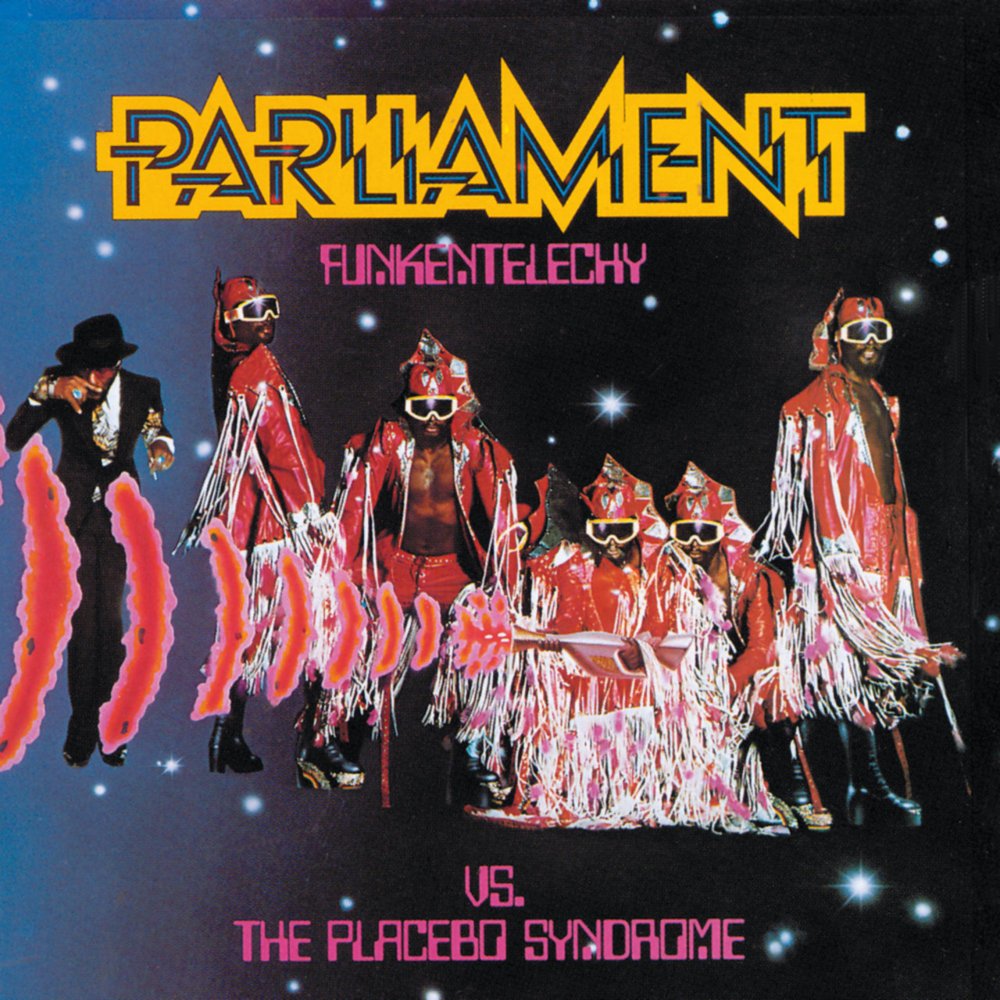
Wanna play the bass line to “Flashlight” by Parliament as on the MiniMoog? Go ahead! You’ll sound just like it.
Then TRY to stop playing it. Go ahead… just try!
Impossible. 😉
Bernie Worrell, RIP, played a MASTERPIECE on that tune. His masterful touch is sorely missed.
When on patch 7, the Control knobs change:
Ctrl 1: Timing of downward filter sweep, and staccato vs legato note length
Ctrl 2: 3-Octave selector
Patch 8: String Synth
Based on the classic analog ARP “Solina String Ensemble” synth. It was distributed from 1974 to 1981.
It had twelve discrete tone generators that gave you the polyphonic power to orchestrate using violin, viola, trumpet, horn, cello, and contrabass sounds.
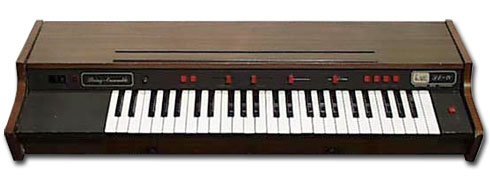
Richard Wright used it on Pink Floyd‘s “Shine On You Crazy Diamond“.
Elton John put it on “Someone Saved My Life Tonight“.
Even Parliament got in on the string synth action of this ARP board on their “Give Up The Funk”!
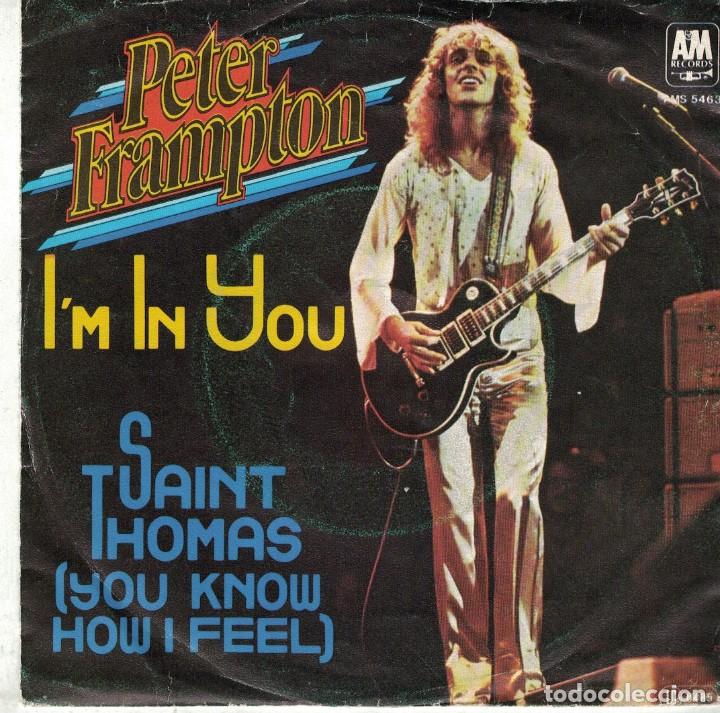
But maybe the coolest testament to its musical worth is the fact that Stevie Wonder played this to put strings on Peter Frampton’s hit “I’m In You” in ’77.
Talk about a dynamic duo!!
The Synth9 allows you to reconnect with this classic sound from so many hits.
For straight ahead strings, keep the Ctrl 2 knob to the left.
But to try another cool effect with this patch, turn the Ctrl 2 dial to the right and DELAY the onset of the notes or chords you play.
The resulting effect is super, uh… swell.
(Sorry. Just had to go there. LoL)
This delayed attack strings delivery is perfect for layering under an acoustic guitar (listen to 4:48 in the YouTube video above!). The average listener will think an orchestra is playing with you.
When on patch 8, the Control knobs change:
Ctrl 1: Tone
Ctrl 2: Filter Sweep Attack time
Patch 9: Poly VI
Korg made the Polysix back in 1981. It was designed as a cheaper alternative to the Prophet 5, which by then was ubiquitous in keyboard rigs.
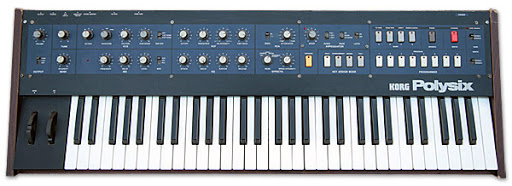
Was it as good as the Prophet 5?
Most agree it was not, but it still had a lot going for it – mostly that the price was so entry-level, and its patches were still warm and usable. Not to mention the cool arpeggiator and delay-based effects that were included on board.
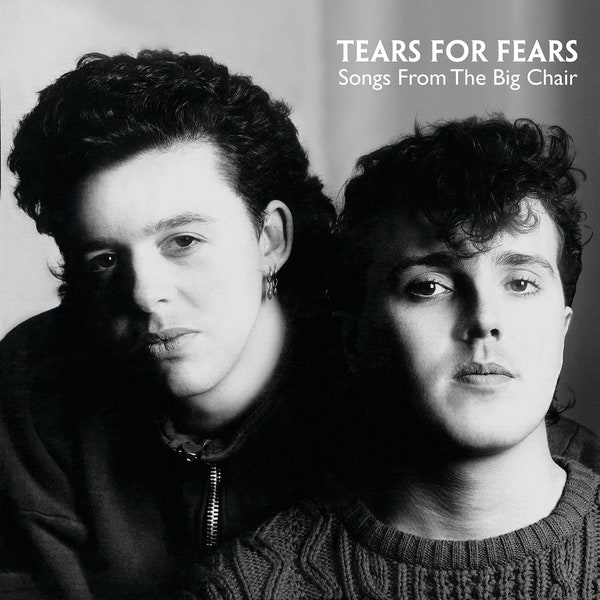
Tears For Fears and Keith Emerson both used this synth to good result.
The most obvious thing that sets this patch apart is the movement you hear in the notes, courtesy of the Modulation effect. You can make this “wobble” in the sound slow or fast, depending on what you think would complement a given song.
When on patch 9, the Control knobs change:
Ctrl 1: Tone
Ctrl 2: Modulation depth (how wide the sweeping filter, or ‘wobble’, is!)
Pros/Cons
I really dig this pedal. How cool that the good folks at EHX decided to bring the days of analog keyboard glory to the guitar fretboard?!!
There are LOTS of reasons why this thing rocks. Let’s look at the PROS:
- The patches are familiar and high-quality.
- Manipulation of the patches by hand is quick and easy.
- The sounds are usable, especially if you’re wanting to emulate, or reproduce, 80s tunes
- Robust case could handle road wear.
- Incredible for adding a rich, lush, thick, wiiiiiiiide GIRTH to your tone.
- Each of the 9 options is very different, so lots of variety!
- For guitarists with no keyboard skills, this puts more sonic tools in the toolbox.
- The blend of “wet” effect signal to the “dry” guitar sound is easily adjusted and makes for excellent balancing for just the “right sound”.
- Makes eyebrows raise and heads turn to see a guitarist creating these types of sounds!
- Can also be used in conjunction with other KEYBOARDS, to create sounds similar to MIDI-Layered patches (tho’ only in Mono)
- The “Dry” output (with a standard guitar signal) can be sent straight into more “normal” guitar rigs/amps/racks.
- Live tweaking of these patches really give you noticeable differences that are exciting and obvious!
- Rolling back your guitar volume also changes the sound to more Staccato transients
- Nice broad tonal range, from Bass “A” (55 Hz) all the way up to the guitar high E string 23rd fret (1244.51 Hz)!
- Dependable performance
- Much easier to get non-guitar sounds than installing a MIDI pickup!
- Add reverb for it to sound even less like a guitar and more like a normal synth!
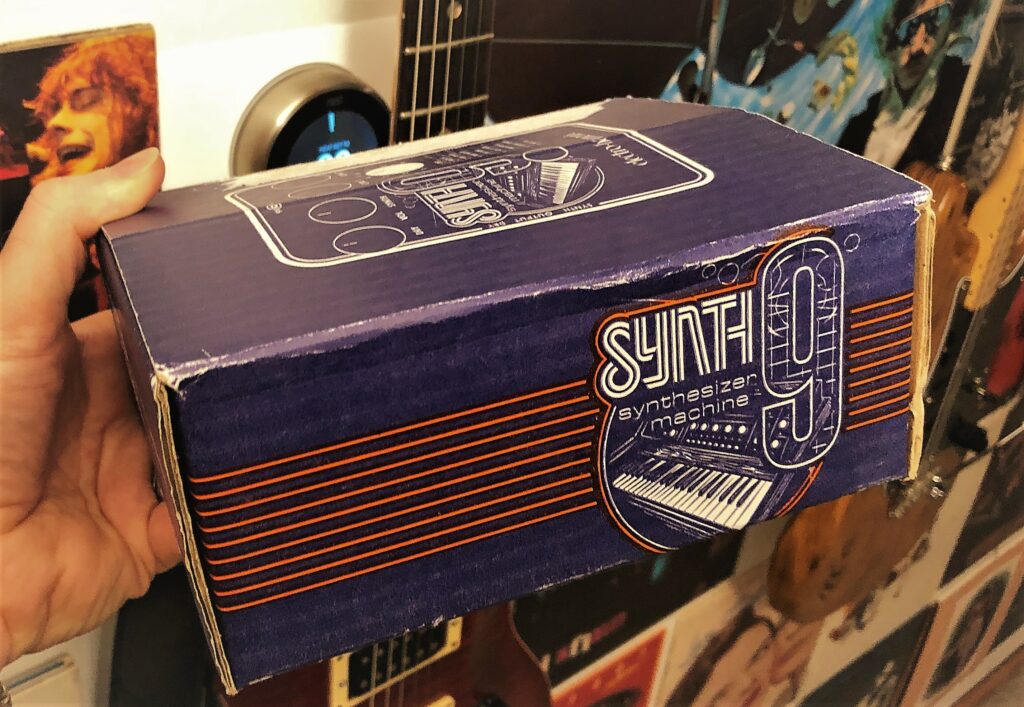
The CONS are few and fairly trivial, but players should definitely consider them:
- You CANNOT change patches with your foot – only turn it on or off.
- Put it in the wrong place in your signal chain and you could muddy things up a lot (put it as the first pedal in your effects chain, not later, and NOT in the effects loop).
- No expression pedal is included in the construction, so you also cannot adjust any parameters with your foot, only with your fingers AS you play. For this reason I see it mostly as a STUDIO tool, but I do use it live occasionally too.
- Definitely “niche” tones; more of a “special sauce” box to use sparingly, unless 80s Synth Pop is your band specialty!
- Not a lot of DYNAMICS in these patches. They’re all pretty much bold and ostentatious!
- No battery-operation option; 9V AC power adapter necessary.
- To get the most of the pedal, you’ll have to “learn to play it”, meaning becoming familiar with WHAT the Control knobs DO for each patch, and which chord fingerings sound more ‘keyboard-like’.
- Limited compared to getting a real keyboard, which usually has hundreds of patches.
- Hard to achieve a “tight” sound. Since these patches have a lot of “spill” they’re not ideal for fast notes, except for a few very specific knob placements.
- Not as much variety as a dedicated MIDI guitar Synth.
- Doesn’t track with an ACOUSTIC guitar very well. Made for electric primarily.
- No User Memory Preset ability
- A couple users have said they have to UNPLUG the cord from the unit before playing, or they get NO sound, and not even unplugging the power cord from the wall fixes it. Design flaw?
Synth Sim’ Bliss!
Whether you’re looking to add a tickle of interest underneath your usual guitar tone, get more gnarly or “in-your-face” with your solos, or simply add some unexpected texture layers to a tune, the Synth9 by ElectroHarmonix will easily empower you to do just that… and more!
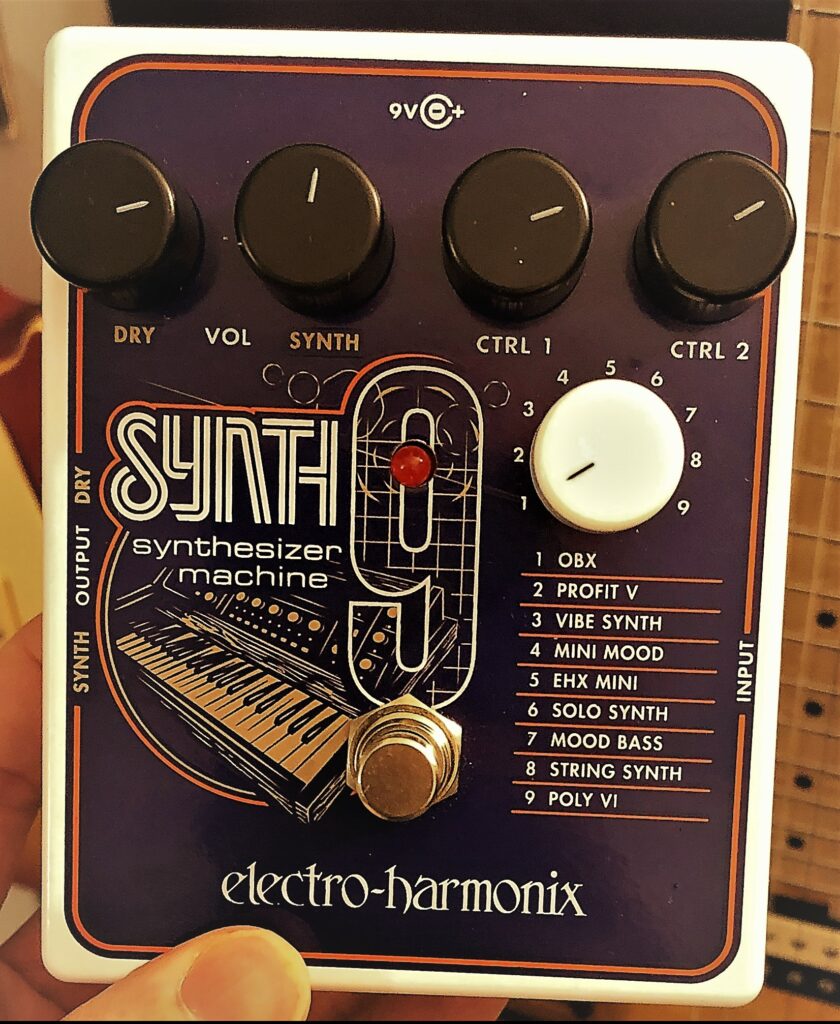
I use this pedal for both studio creativity/recording AND live thickening of my guitar tone and throwing in a “wow” factor to certain live solos.
Initially I was just going to review this pedal and then return it.
Then I played it.
MIND CHANGED!! LoL
So go ahead… breathe interesting new life into those same ol’, recognized songs.
Spice your sound up a bit.
Get those audiences drooling for more of your synth-y guitar FLAY-VUH!
One thing’s for sure… you’re gonna be having a lot of FUN after buyin’ this puppy!! 😉
So, have you already bought and used the Synth9?? Or were you in the market for it and now your SOLD on its synthesized sweetness?!!
Let us know. We always love to hear a good gear story, or help someone create one!
‘Til next time, the world is your (analogue) oyster, so let’s poof our hair up and polish our leather pants…
Time to crank up some square waves!! LoL
Now, go… make… sounds!!
Teaj